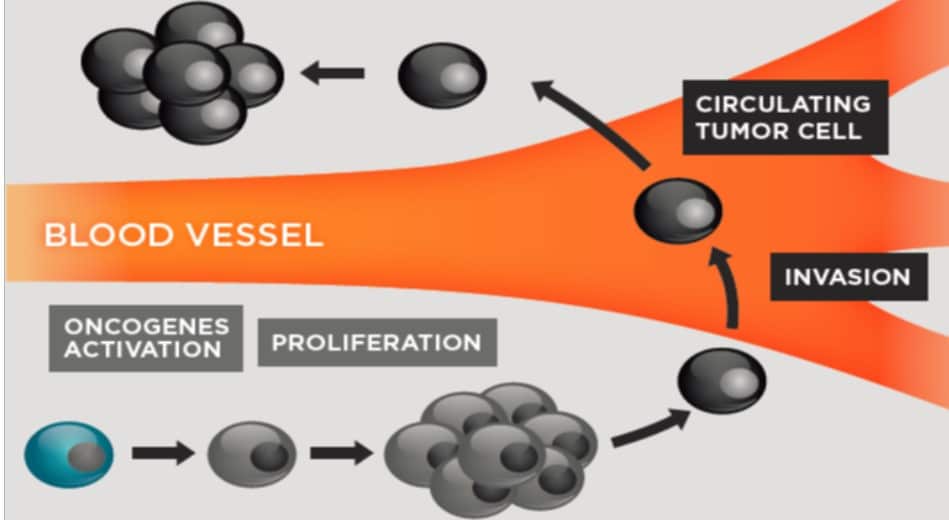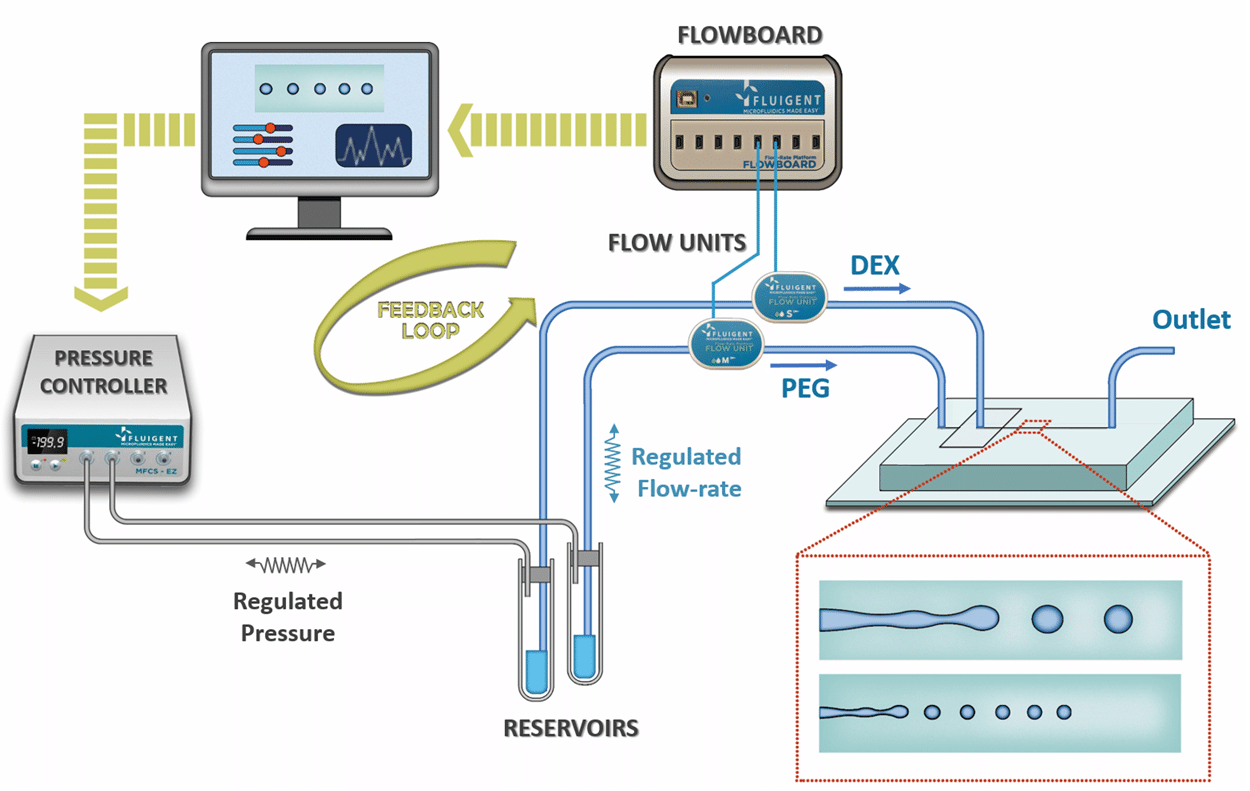Microbead-based microfluidics (droplet-based microfluidic using specific gel as dispersed phase) is a powerful technic which…

Customer paper on tumor cell deformations
Flow-Induced Transport of Tumor Cells in a Microfluidic Capillary Network: Role of Friction and Repeated Deformation
By Nabiollah Kamyabi, in the USA.
Circulating tumor cells (CTCs) in microcirculation undergo significant deformation and frictional interactions within microcapillaries. To understand the physical parameters governing their flow-induced transport, we studied the pressure-driven flow of cancer cells in a microfluidic model of a capillary network. Our microfluidic device contains an array of parallel constrictions separated by regions where cells can repetitively deform and relax. To characterize the transport behavior, we measured the entry time, transit time, and shape deformation of tumor cells as they squeeze through the network. We found that entry and transit times of cells are much lower after repetitive deformation as their elongated shape enables easy transport in subsequent constrictions. Furthermore, upon repetitive deformation, the cells were able to relieve only 25% of their 40% imposed compressional strain, suggesting that tumor cells might have undergone plastic deformation or fatigue. To investigate the influence of surface friction, we characterized the transport behavior in the absence and presence of bovine serum albumin (BSA) coating on the constriction walls. We observed that BSA coating reduces the entry and transit time significantly. Finally, using two breast tumor cell lines, we investigated the effect of metastatic potential on transport properties. We found that the cell lines could be distinguished only upon surface treatment with BSA, thus surface-induced friction is an indicator of metastatic potential. Our results suggest that pre-deformation can enhance the transport of CTCs in microcirculation and that frictional interactions with capillary walls can play an important role in influencing the transport of metastatic CTCs.
This experiments were made possible with the use our pressure-driven flow controller pump system (MFCS™-EX) which imposes a fixed pressure drop of 4 kPa, in the same range as the capillary blood pressure (1.3–4.6 kPa) across the whole device.
For more information: doi: 10.1007/s12195-017-0499-2 or Cel. Mol. Bioeng. (2017) 10: 563.



